Complete Solutions to Previous IIT-JEE of chapter CAPACITANCE of Class 12 book with complete answers and questions
| Class 12 | PHYSICS |
| Chapter | CAPACITANCE |
| NARAYANA | Previous IIT-JEE |
| Number Of Questions | 16 |
| Academic Year | 2023-24 |
An infinity long uniform line charge distribution of charge per unit length `lambda` lies parallel to the y-axis in the `y-z` plane at `z=sqrt3/2` a(see figure). If the magnitude of the flux of the electric field through the rectangular surface ABCD lying in the `x-y` plane with its centre at the origin is `(lambdaL)/(nepsilon_0)` (`epsilon_0=` permittivity of free space), then the value of n is
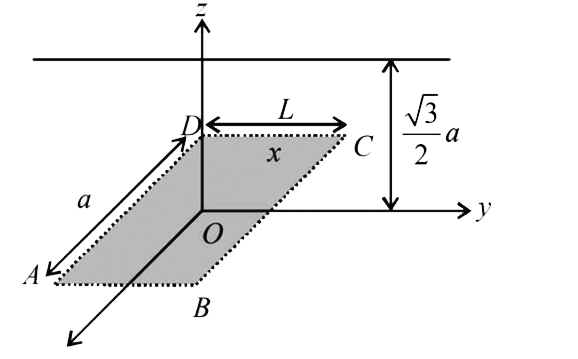
View SolutionThe figure below depict two situations in which two infinitely long static line charges of constant positive line charge density `lambda` are kept parallel to each other. In their resulting electric field, point charges q and `-q` are kept in equilibrium between them. The point charges are confined to move in the x direction only. If they are given a small displacement about their equilibrium positions, then the correct statement(s) is(are)
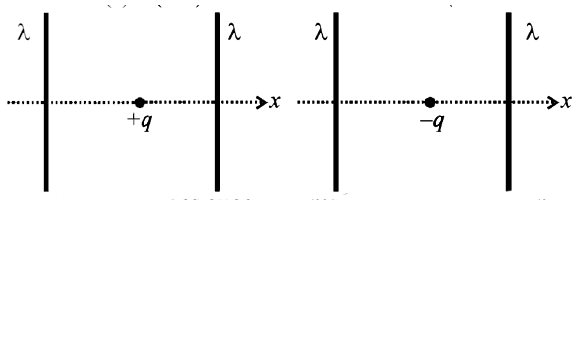
View SolutionConsider a uniform spherical charge distribution of radius `R_(1)` centred at the origin `O`. In this distribution a spherical cavity of radius `R_(2)`, centred at `P` with distance `OP = a = R_(1) - R_(2)` (fig) is made.If the electric field inside the cavity at position `vec(r )`, then the correct statement is
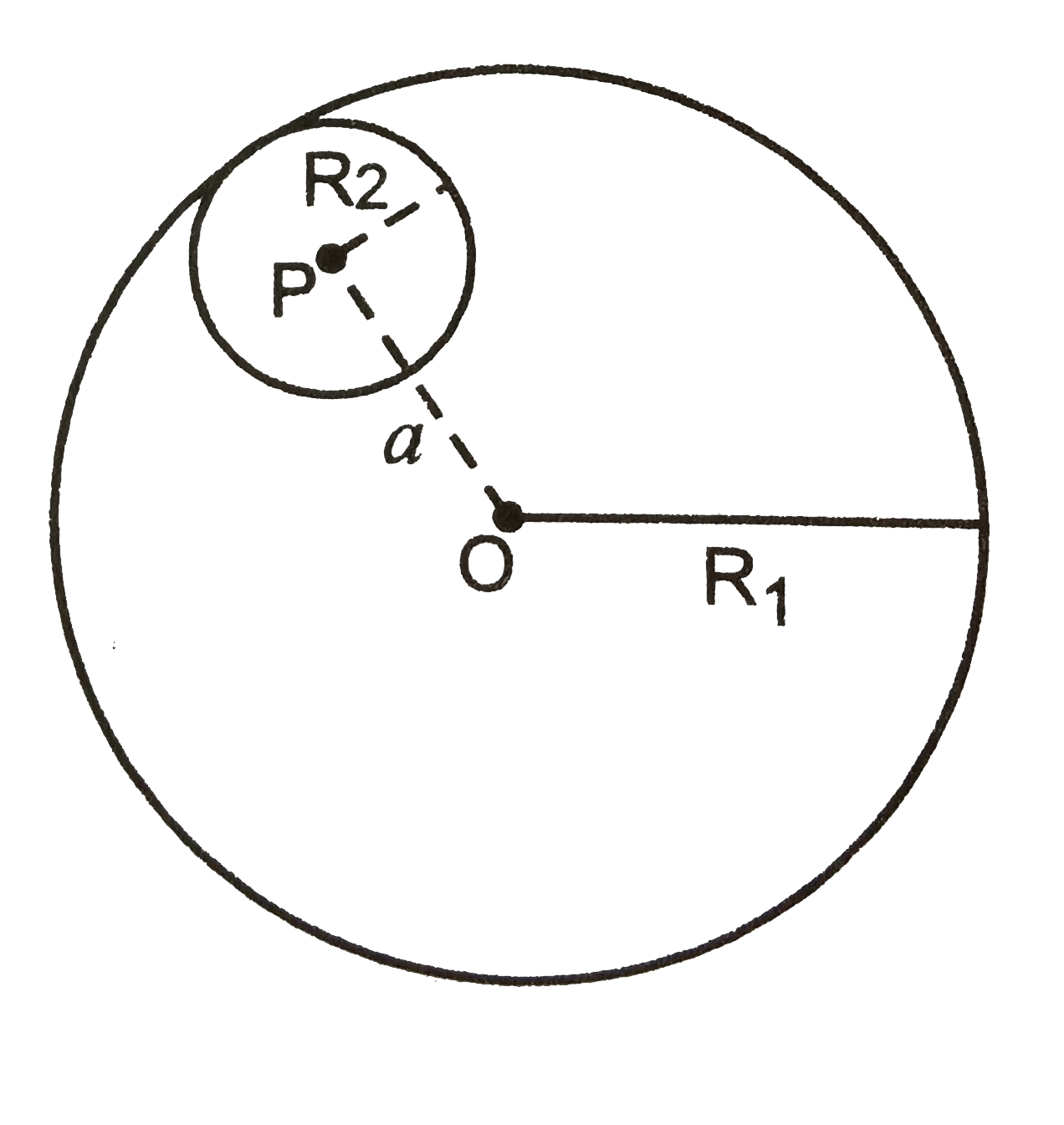
View SolutionA parallel plate capacitor having plates of area S and plate separation d, has capacitance `C_1` in air. When two dielectrics of different relative primitivities (`epsilon_1=2` and `epsilon_2=4`) are introduced between the two plates as shown in the figure, the capacitance becomes `C_2`. The ratio `C_2/C_1` is
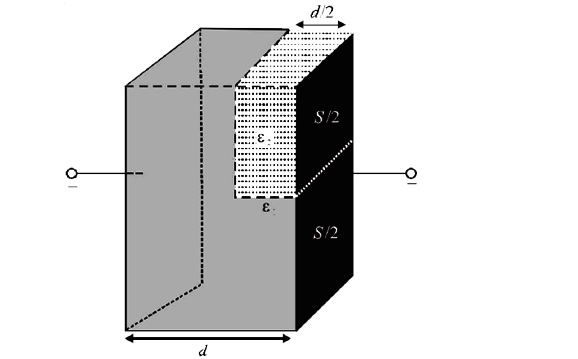
View SolutionA parallel plate capacitor has a dielectric slab of dielectric constant K between its plates that covers `1//3` of the area of its plates, as shown in the figure. The total capacitance of the capacitor is C while that of the portion with dielectric in between is `C_1`. When the capacitor is charged, the plate area covered by the dielectric gets charge `Q_1` and the rest of the area gets charge `Q_2`. The electric field in the dielectric is `E_1` and that in the other portion is `E_2`. Choose the correct option/options, ignoring edge effects.
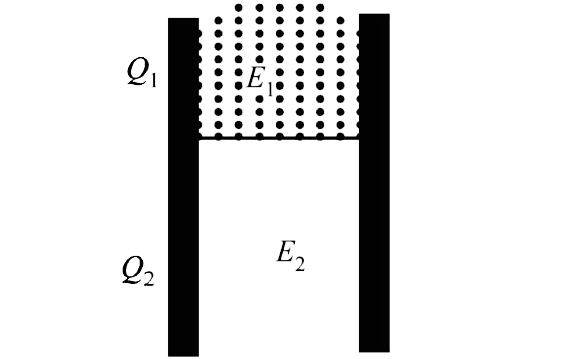
View SolutionLet `E_1(r)`, `E_2(r)` and `E_3(r)` be the respectively electric field at a distance r from a point charge `Q`, an infinitely long wire with constant linear charge density `lambda`, and an infinite plane with uniform surface charge density `sigma`. If `E_1(r_0)=E_2(r_0)=E_3(r_0)` at a given distance `r_0`, then
View SolutionCharges Q, 2Q and 4Q are uniformly distributed in three dielectric solid spheres 1, 2 and 3 of radii `R//2`, R and 2R respectively, as shown in figure. If magnitude of the electric fields at point P at a distance R from the centre of sphere 1,2 and 3 are `E_1, E_2 and E_3` respectively, then


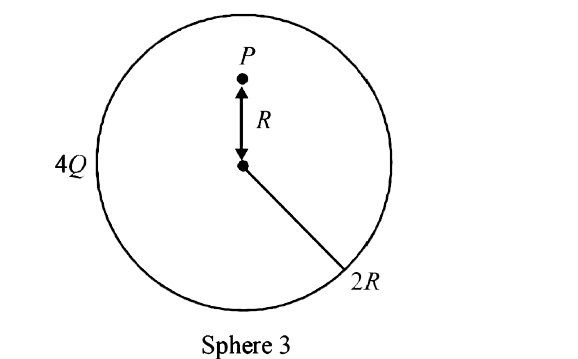
View SolutionTwo non-conducting solid spheres of radii R and 2R, having uniform volume charge densities `rho_1` and `rho_2` respectively, touch each other. The net electric field at a distance 2R from the centre of the smaller sphere, along the line joining the centres of the spheres, is zero. The ratio `rho_1/rho_2` can be
View SolutionIn the circuit shown in the figure, there are two parallel plate capacitors each of capacitance C. The switch `S_1` is pressed first to fully charge the capacitor `C_1` and then released. The switch `S_2` is then pressed to charge the capacitor `C_2`. After some time, `S_2` is released and then `S_3` is pressed. After some time
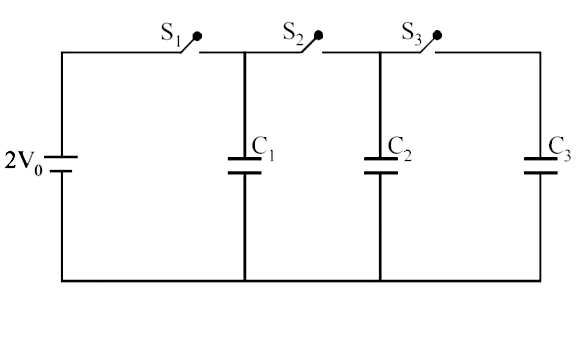
View SolutionTwo non-conducting spheres of radii `R_1` and `R_2` and carrying uniform volume charge densities `+rho` and `-rho`, respectively, are placed such that they partially overlap, as shown in the figure. At all points in the overlapping region
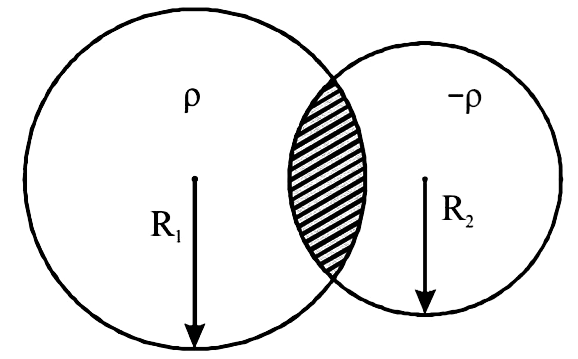
View SolutionConisder a thin spherical shell of radius R with centre at the origin, carrying uniform poistive surface charge denisty. The variation of the magnitude of the electric field `|vecE(r)|` and the electric potential V(r) with the distance r from the centre, is best represented by which graph?
View SolutionTwo large vertical and parallel metal plates having a separation of 1cm are connected to a DC voltage source of potential difference X. A proton is released at rest midway between the two plates. It is found to move at `45^@` to the vertical JUST after release. Then X is nearly
View SolutionA cubical region of side a has its centre at the origin. It encloses three fixed point charges, `-q` at `(0,-a//4,0)`, `+3q` at `(0, 0, 0)` and `-q` at `(0, +a//4, 0)`. Choose the correct options(s)
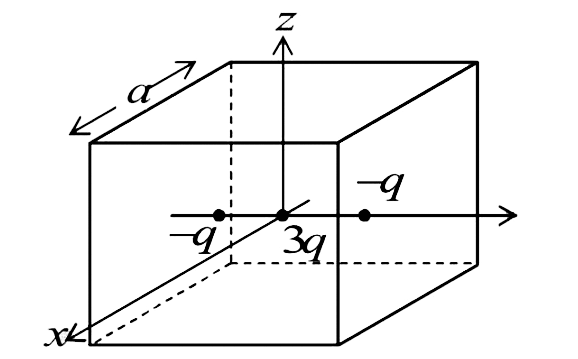
View SolutionAn infinitely long solid cylinder of radius ` R` has a uniform volume charge density `rho`. It has a spherical cavity of radius `R//2` with its centre on the axis of cylinder, as shown in the figure. The magnitude of the electric field at the point `P`, which is at a distance `2 R` form the axis of the cylinder, is given by the expression `( 23 r R)/( 16 k e_0)` . The value of `k` is .
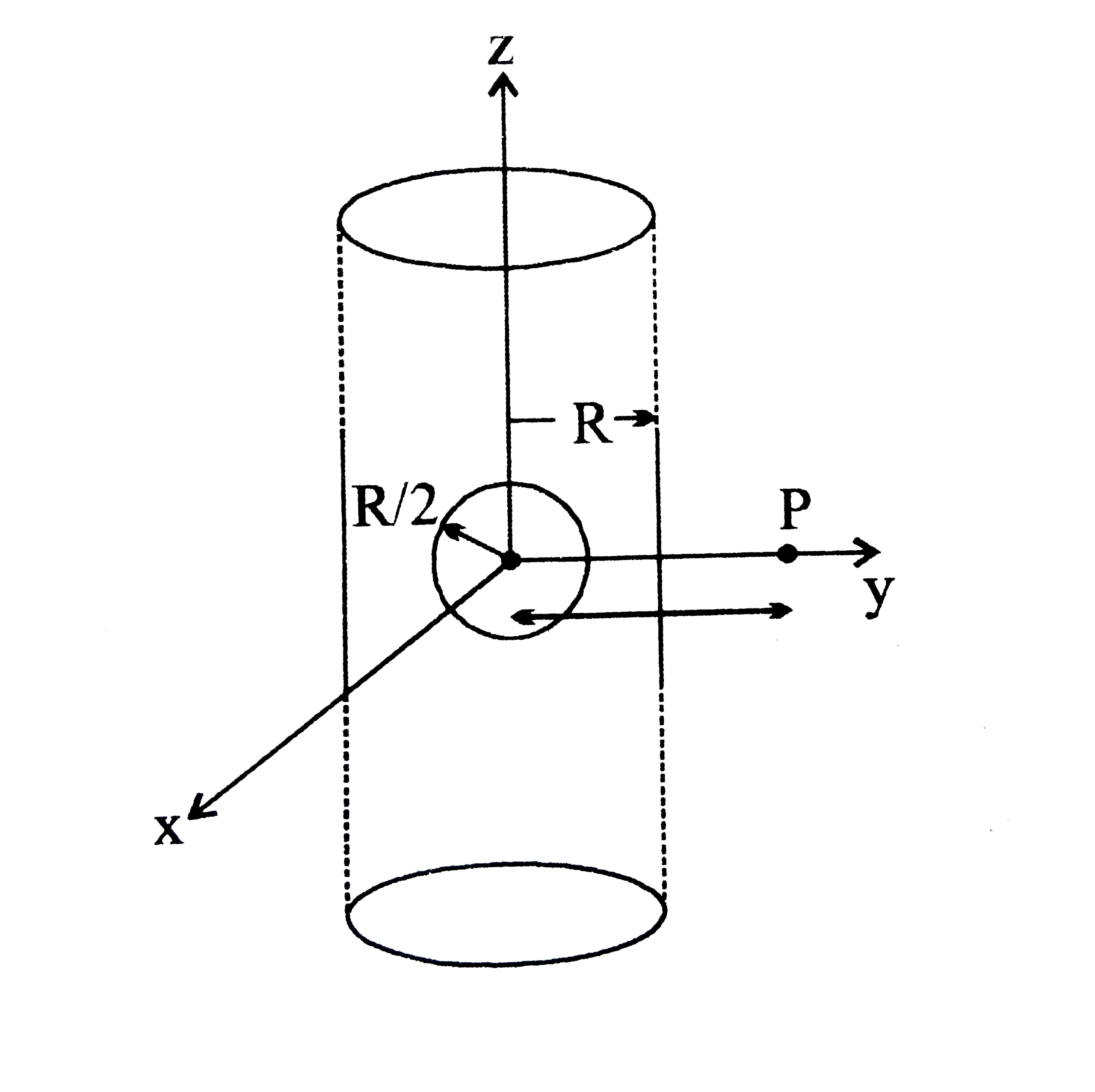 .
.
View SolutionIn the given circuit, a charge of `+80muC` is given to the upper plate of the `4muF` capacitor. Then in the steady state, the charge on the upper plate of the `3muF` capacitor is

View SolutionSix point charges are kept at the vertices of a regular hexagon of side L and centre O, as shown in the figure. Given that `K=(1)/(4piepsilon_0)(q)/(L^2)`, which of the following statements(s) is (are) correct?
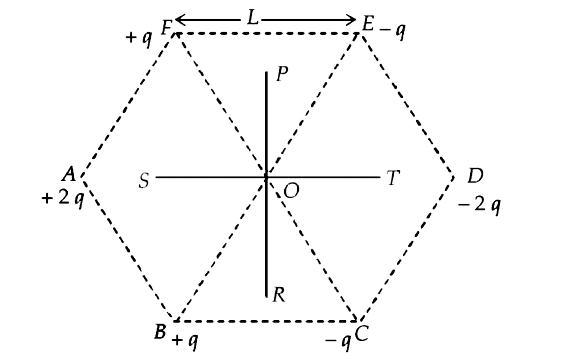
View Solution
Previous IIT-JEE questions and complete solutions for chapter CAPACITANCE of NARAYANA PHYSICS (HINGLISH) of Class 12